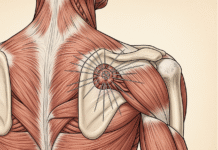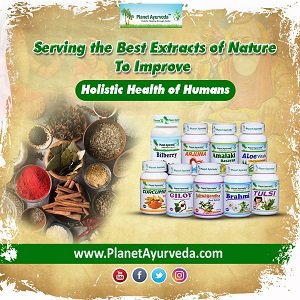In the month of March, the American Optometric Association celebrates Save Your Vision Month. Eyesight is not something that is often thought of when we talk about being healthy. However, so many parts of keeping your eyes healthy go hand-in-hand with overall physical health. You may not already know that blindness can be caused from diabetes, which is the 7th leading cause of death in the United States. Diabetes causes damage to the retina, which over time, can cause blindness. As we know, diabetes can be helped naturally with diet and exercise, therefore these things can help save your vision as well. From what you eat, to simple exercises that can be done, and preventive eyewear – there are many ways to improve your vision naturally that we will lay out below for you.
Foods to boost eye health
Foods that are high in vitamins A and C, omega-3s, and lutein will help improve your vision. Luckily, things that are high in these essential nutrients are unprocessed, wholesome, and natural foods.
- Vitamin A is found in a lot of orange-colored fruits and vegetables and is most commonly related to helping eyesight. Sweet potatoes, carrots and apricots are high in beta-carotene which is a type of vitamin A that helps improve night vision.
- Vitamin C can help nourish the blood vessels in your eyes, preventing cataracts. Some foods to help get your daily dose of this vitamin are: red bell peppers, strawberries, oranges broccoli, and dark leafy greens.
- Omega-3s help reduces the risk of age-related macular degeneration (AMD) and glaucoma. If you’re looking to help save your vision as you age then consider adding fatty fish to your diet like salmon and tuna.
- Lutein helps prevent AMD and can help prevent blue light from reaching the retina. Foods high in lutein are leafy greens, corn, brussel sprouts, and eggs. Lutein also prevents atherosclerosis, a disease that can cause heart attacks.
It’s amazing that these healthy foods are great for not only preventing common diseases like diabetes, high blood pressure, and atherosclerosis but our vision as well. It’s easy to ensure our whole entire bodies stay healthy by eating these nutritious foods.
Protective eyewear
Wearing protective eyewear is key to saving your eyesight. Whether it’s sunglasses on a sunny day or even protective glasses while at work, these will all help reduce the risk of AMD, cataracts, blindness, and eyestrain.
Sunglasses protect the eyes from harmful ultraviolet (UV) rays. UV rays can cause cataracts and AMD. Cataracts are when your lens is cloudy and vision becomes blurred and AMD is damage to the retina that can be progressed by UV rays and cause blindness over time. When shopping for sunglasses, look for this with 100% UVA and UVB protection.
Blue light lenses have gained popularity in recent years due to the increase use of phones and computers at work and for leisure. Harmful blue light that is emitted from digital screens can cause digital eye strain. Digital eye strain is the physical discomfort from extended use of screens, symptoms may include dry, irritated eyes, blurred vision, eye fatigue, and headaches. Be proactive about digital eye strain by purchasing new eyeglasses with lenses that block blue light. These can be worn at work if you spend your day at the computer or all day, everyday if you tend to look at your phone a lot.
Alternatively, if you have an occupation in which safety glasses are required, such as construction, welding, or you work in a lab, then it’s pertinent to follow your employer’s safety guidelines. Safety glasses help prevent burns, blindness, and loss of the eye(s).
Eye exercises and relaxing your eyes
Just like the rest of your body, our eyes need exercise and rest. Exercising the eyes is a natural way to improve vision and help you feel less strain on the eyes. Here are a few exercises to practice throughout the day to help prevent any discomfort you may normally suffer from.
- Figure 8’s: Look at the floor about 10 feet away and draw figure 8’s with your eyes, repeat for 30 seconds.
- 20-20-20: If you spend the day on your computer practice the 20-20-20 method. Every 20 minutes, look at something 20 feet away, for 20 seconds.
- Blinking: Simply being mindful of blinking and doing it more often will help prevent dry eyes and irritation.
Relaxing your eyes will help you get a better night’s rest and can help prevent eye strain during the day. At night, try not using your phone, television, and computer for an hour before you go to bed. This will help relieve your eyes and allow you sleep better throughout the night. At work, try palming – simply place your hands lightly over your eyes and blink often for a few minutes to allow your eyes to relax and refresh in the dark.
Other tips
There are many other things you can do to help improve your vision every day. Simple things like washing your hands before handling your contact lenses will help keep your eyes infection-free! Smoking leads to AMD, glaucoma, cataracts and dry eyes. Possibly being the worst thing for your vision. Quitting smoking can drastically decrease your risk of blindness and other vision issues. Ensuring that you handle your contacts with clean hands is vital for keeping germs and microfibers out of your eyes and will help you avoid infection that can damage your vision.























